
Some of the Smaller British Isles
Last updated: Wednesday January 26th, 2022
Report this blog
Introduction
The British Isles are an archipelago of over 6000 islands. Some are large like the island of Great Britain and the island of Ireland. However there are many smaller islands and islets that have a rich history. In this blog, and possibly blog series, I shall examine some of the smaller islands around the coast of the United Kingdom and Ireland. Some you may have heard of, some may be new to you. But all with have some historical reference.
There would be no point in writing about an island where no-one had lived or nothing happened. That would be boring, so all of these islands have a history, it may be about its people, its geography, or an event that happened, but there will be something.
I shall not be commenting on the two main islands of the group because the majority of you know about them and there is way too much history on them to do them justice in a short blog. Plus they've been done before ad nauseum.
Just a short personal note, islands are a guilty passion of mine. I love reading about them and what life was, and is like on them. I have many books on islands, much to my wife's annoyance, especially when a parcel arrives from Amazon (other book sellers are available). So I am very much looking forward to writing this blog.
Looe Island.
This tiny island just a mile off the coast near the town of Looe in Cornwall, hence its current name, has a history dating back to the Iron Age. Artifacts that have been found include, Roman vases, coins, and bronze ingots which some scholars deduce to be evidence that the island is the famed Ictis, a tin trading place seen by Pytheas in the 4th century BC.
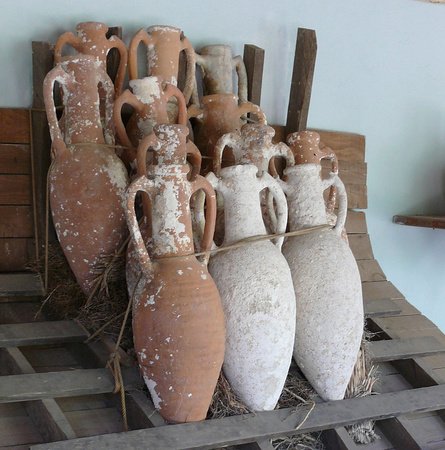
According to local legend, Joseph of Arimathea landed on Looe Island with Jesus as a child whilst meeting with Cornish tin traders, however no real evidence supports this. Although the island was a Christian pilgrimage before the story emerged and later came under the control of Glastonbury Abbey until the 13th century when it was sold to a local landowner.
All was relatively quiet until smugglers started using the island in the 17th and 18th centuries as a hideaway from the Government Revenue ships that sailed from Plymouth and Falmouth. Two infamous smugglers were Finn, and Black Joan who stashed their illegal goods in secret caves on the island until it was safe to land them on the mainland.

The island was named St.Georges Island until after the Second World War, during which a parachute bomb was mistakenly dropped onto the island by the German airforce. In the media at the time the island was dubbed "HMS St.George" due to the Luftwaffe thinking the island was actually a battleship.
More recently the island was bought by two sisters, Babs and Evelyn Atkins, who both lived there. Evelyn died in 1997 at the age of 87, and when Babs died at 86 in 2004 the island was bequethed to the Cornwall Wildlife Trust who have preserved the island as a nature reserve forever. Their website has more information.
The island can be visited from Looe via the Trust's boat. Visits are limited to two hours ashore, dependant on tides.
Caldey Island. (Ynys Byr)
As you can see from the heading this island goes by two names depending on which language you speak. Caldey is the English name and Byr the Welsh. Ynys is "island" in Welsh. Byr doesn't mean Caldey however, it actually means St Pyr, who was the abbot of the monastery founded on the island in 500AD. The island's name prior to this is unknown.
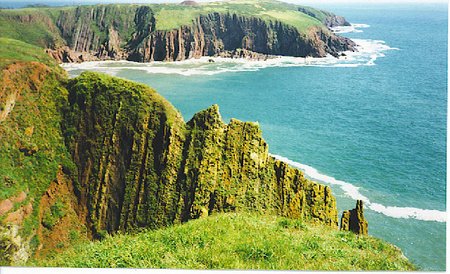
The island has been inhabited since prehistoric times, indeed evidence has been found in three caves dating back to at least 7500BC, however the islands main history begins in the 6th century with the establishment of the monastery there.

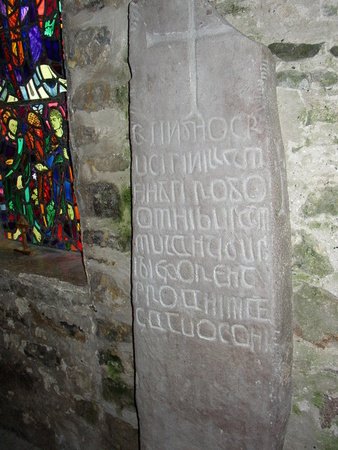
The first monastery was of Celtic origins, but in the 12th century Caldey Priory was founded by Tironensian monks, this thrived until the dissolution of the monasteries in 1536. The current monastery was built in 1910 by Anglican Benedictine monks but financial problems in the 1920's saw the purchase of the island by Belgian Cistercians.
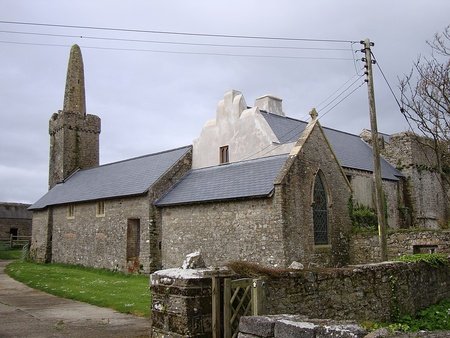
Nowadays there are still some Cistercian monks living on the island, however the island is open for most of the year to visitors, in fact much of the income comes from tourism and the sale of perfume and chocolate that is made on the island. A religious retreat is run by the monks for around 700 people each year.
There is even a Online Shop and Website .
Caldey Island can be visited in the summer months via ferry from Tenby in South Wales.
Rathlin Island.
With a current permanent population of about 150 people, Rathlin is the only inhabited offshore island of Northern Ireland. There is evidence of habitation dating back some 15,000 years, in fact an ancient stone axe factory was found near to one of the houses on the island.
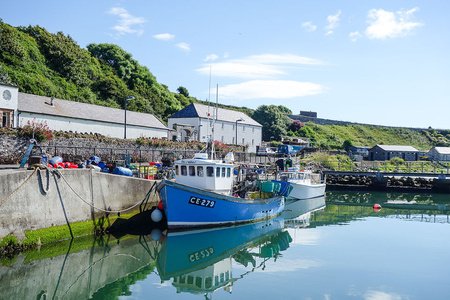
The island was probably known to the Roman Empire and later it was the site of the first Viking invasion of Ireland. The pillaging and burning of the island's church happened in the year 795.
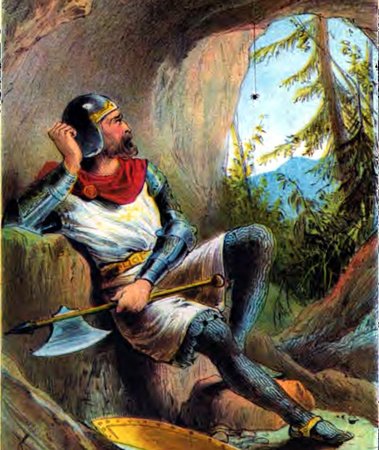
In 1309, Robert the Bruce sought refuge on the island after fleeing Scotland while being pursued after the Battle of Methven. It is rumoured that it was here that he saw the legendary spider while hiding in a cave. Although there are other claims to different places of this event.
Rathlin has been the site of several massacres over the yeras. In 1557, Sir Henry Sidney devastated the island and in 1575, Sir Francis Drake (the explorer) was involved in the killing of hundreds of Scottish refugees including women and children. Later in 1642 soldiers from Argyll in Scotland killed many MacDonald clan women by throwing them of the cliffs.
After a period of calm the next event occured during the First World War when a German U-boat torpedoed the HMS Drake. She limped to the harbour and subsequently sank after the crew had evacuated. Another crew, this time of the RMS Andania, weren't so lucky. The passengers were rescued but the crew perished.

Nowadays, Rathlin is a peaceful place and is visited by tourists interested in the spectacular views, the many seabird colonies and SCUBA diving on the numerous shipwrecks that surround the island.
The island can be reached by car ferry from the mainland at Ballycastle.
Isle of May.
One of the few islands off the east coast of Scotland, this island doesn't have a permanent population, however visitors can stay to observe the seabird colonies at certain parts of the year.
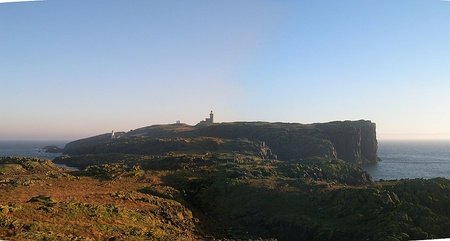
The island was the site of one of the earliest Christian churches in Scotland, built in the 9th century, although it was built into a burial mound that dates back to prehistoric times. The current chapel on the site is dedicated to Saint Adrian of May who was killed by Danish invaders in 875. The island was also raided by Vikings.
There was a monastery on the island in the 12th century and it was an important place for pilgrimages. It was thought that visiting the shrine on the island increased the possibility of pregnancy, and so many royal and important couples visited during the Middle Ages.
A lighthouse was first built on the island in 1635, utilising a coal fuelled beacon. It used around 400 tons of coal per year and required three men to keep it alight. One of the first keepers was suffocated by fumes along with most of his family. The only survivor was his eleven month old daughter found three days later. A new lighthouse was built in 1815 by Robert Stevenson, it was designed to look like a castle with a tower and enough space for three keepers and their families. After many improvements over the years the light is now fully automated and does not require resident lighthouse keepers.
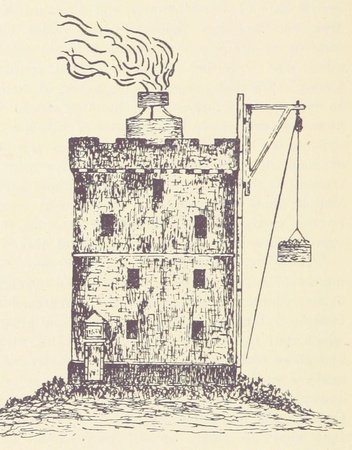
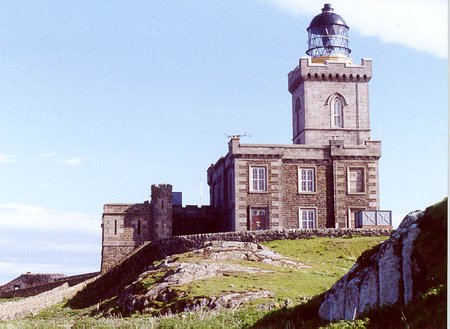
The island is now owned by NatureScot, a Scottish government agency tasked with the countries nature conservancy, and is maintained as a nature reserve. The island can be visited by ferry from Anstruther in Fife on the mainland. Most visits are day trips only, but up to six people can be accomodated in the bird observatory, usually on a weekly basis. The journey takes around 45 minutes. The island is closed to visitors between October and Easter due to the large number of seal pups that are present on the island at these times.
NatureScot Isle of May webpageDursey Island.
Dursey Island lies just off the southwest coast of Ireland in County Cork. There are only half a dozen permanent residents nowadays but at the turn of the 20th century there were over 200 inhabitants.
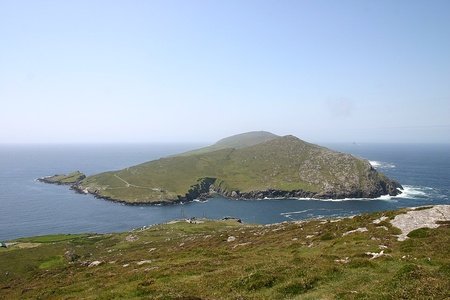
During the Nine Years War with England between the 16th and 17th centuries there was a garrison on the island that housed civilians fleeing from the conflict. The English army under the orders of George Carew massacred all 300 inhabitants of the castle despite their surrender. The castle that held the garrison was also destroyed and very little evidence remains of it's site.
During World War Two, there was a large whitewashed sign stating "Eire" to remind pilots they were flying over neutral Ireland. One casualty was a German Junkers 88 aircraft that crashed in fog killing all on board.
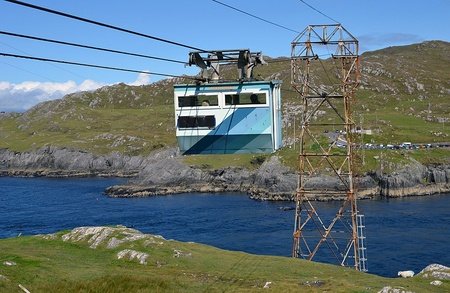
These days the island is popular with walkers and tourists in general. There is a way marked walk around the island called the Beara Way that connects to the European long distance footpath, E8, that ends in Istanbul. The main access to the island is via Ireland's only cable car that crosses the treacherous waters of the Dursey Sound.
Dursey Island has no shops, pubs, or restaurants, but there are several holiday homes available during the summer months.
The island has its own website.
Summary.
So there you have five islands from around the British Isles. One from each constituent country and one from Ireland. I've only written about five islands at first just to "test the water" so to speak. Also everyone gets bored reading long blogs. I am thinking of making this a series with five islands in each blog, let me know your thoughts. Is five enough, too many or just about right ?
As a little something extra the thumbnail picture on the blog heading contains a picture of an island somewhere in the British Isles. I have repeated the picture below. Bragging rights go to the first person that can identify the island and it's location. No Cheating and clicking on the link for attribution!
I will give a couple of clues in a sticky comment if no-one gets it in say, three days ? or shall I leave it a week ?


This island is named after a species of fauna.
This island lies next to another much larger island.
Puffin Island, just off the coast of Wales' largest island Anglesey.
And regarding the spider... The story goes that Robert the Bruce saw the spider continuously rebuilding its Web after it was destroyed. This inspired him to not give up his fight.